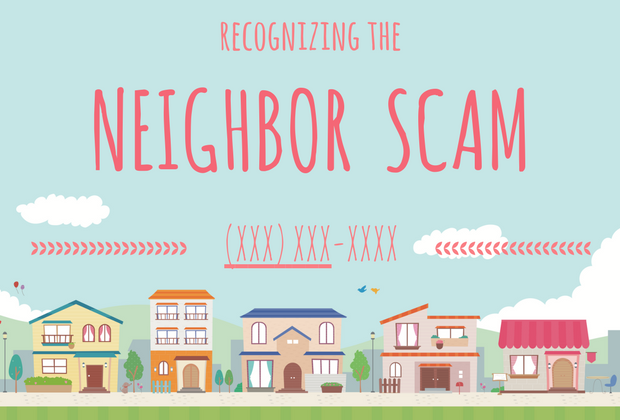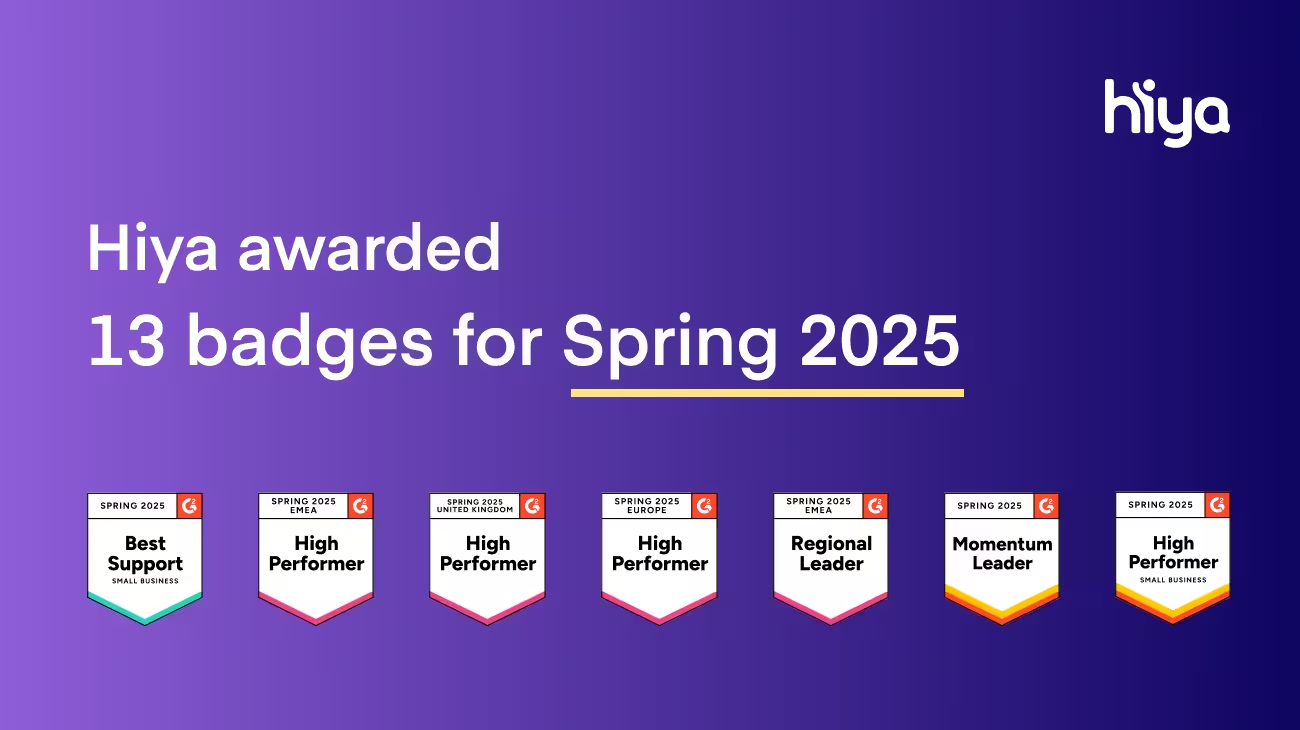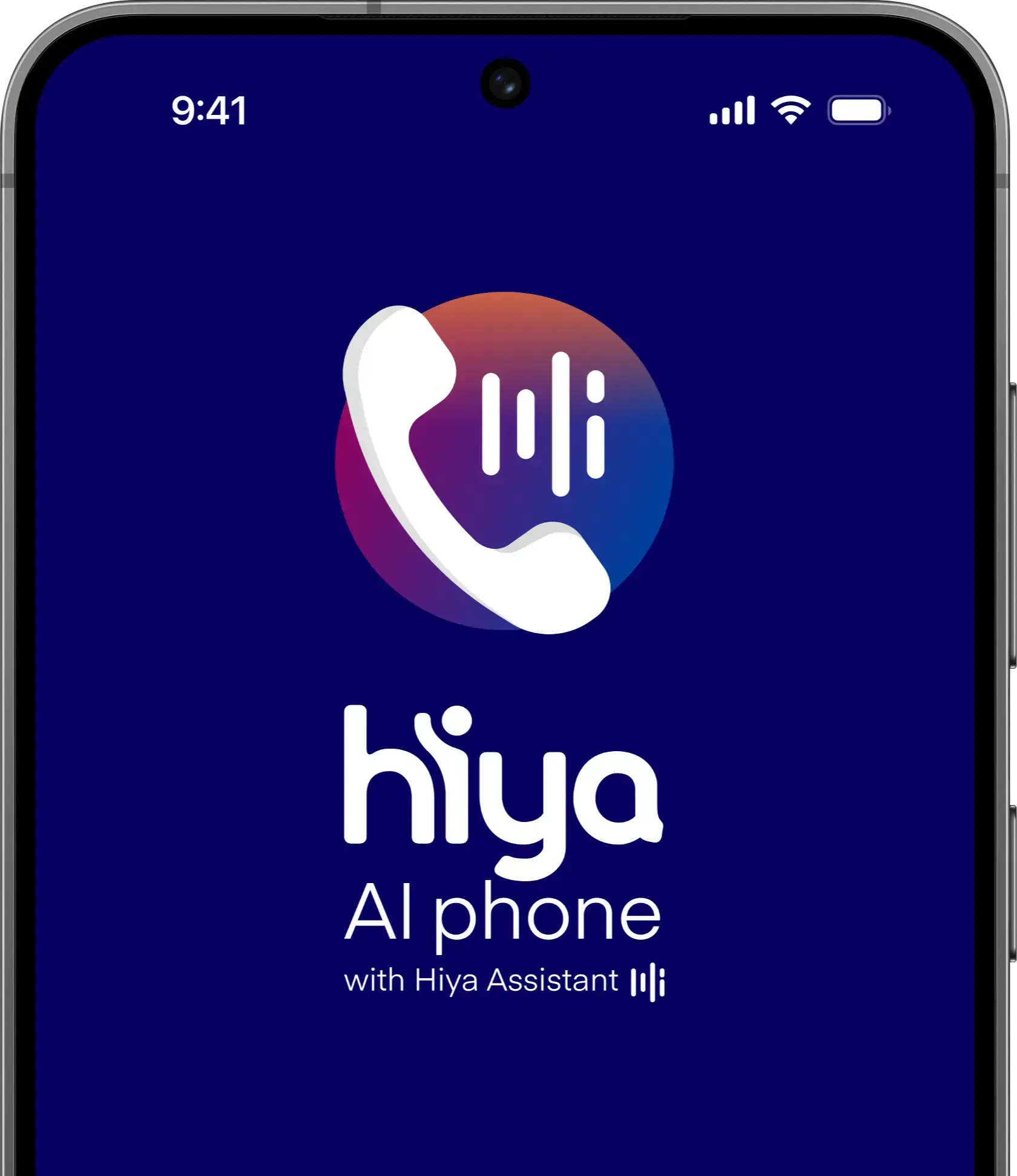
In a recent attempt to trick consumers, reports of the Neighbor Spoofing Scam are increasing dramatically. Phone fraudsters are mimicking the first six digits of people’s phone numbers in order to get consumers to pick up the phone, believing it is from a neighbor or nearby business.
If your number is (555) 867-5309, then these fraudsters will call you from a number that looks like (555) 867-####. This technique is called spoofing and while many consumers now know to be wary of unknown callers, this new threat comes disguised as a number similar to your own. Like many others, I have received calls from fraudsters mimicking my phone number. Those calls always earn a moment’s pause as I think, “Do I know this person?” and I know I’m not the only one. An estimated 1 in 3 user reports from Hiya reference this very tactic.
Since the beginning of the year, reports of the Neighbor Scam have surged over 1570%. 1570% is a hard number to grasp so let’s pretend you used to get 10 scam calls a month. If that increased 1570%, you would then get 157 scam calls each month. You’d likely change your phone number and go off-grid to avoid such things from happening again.
As an industry-first, Hiya automatically alerts users using our iOS app to “potential spoofers” using this imitation technique. Hiya’s Android users are covered as well: they can manually set up a block for the first six digits of their phone number.
The top area codes being affected by the Neighbor Scam are:
- 404 – Atlanta, GA
- 407 – Orlando, FL
- 214 – Dallas, TX
- 203 – Connecticut (Southwest region)
- 210 – San Antonio, TX
- 423 – Tennessee (Eastern region)
- 817 – Fort Worth, TX
- 678 – Atlanta, GA
- 770 – Atlanta, GA
- 813 – Tampa, FL
Even if your area code isn’t one of the top ten, it’s very likely you will receive one of these calls, if you haven’t already. As such, it’s wise to be aware of common scam techniques that fraudsters use once they have someone on the line:
- Scare tactics – Scammers will make consumers believe that there is a warrant out for their arrest or that they inadvertently owe the IRS money in order to scare consumers into providing them with personal or financial information.
- Immediate demand of payment – Scammers create a sense of urgency so consumers believe they need to pay immediately or suffer dire consequences.
- Unusual forms of payment – The most common methods of payment demanded by scammers are wire transfers, debit cards, and gift cards (i.e., iTunes, grocery stores, etc).
If you are a business and want to learn how to stop fraudsters from spoofing your numbers, get the latest ebook from Hiya.









